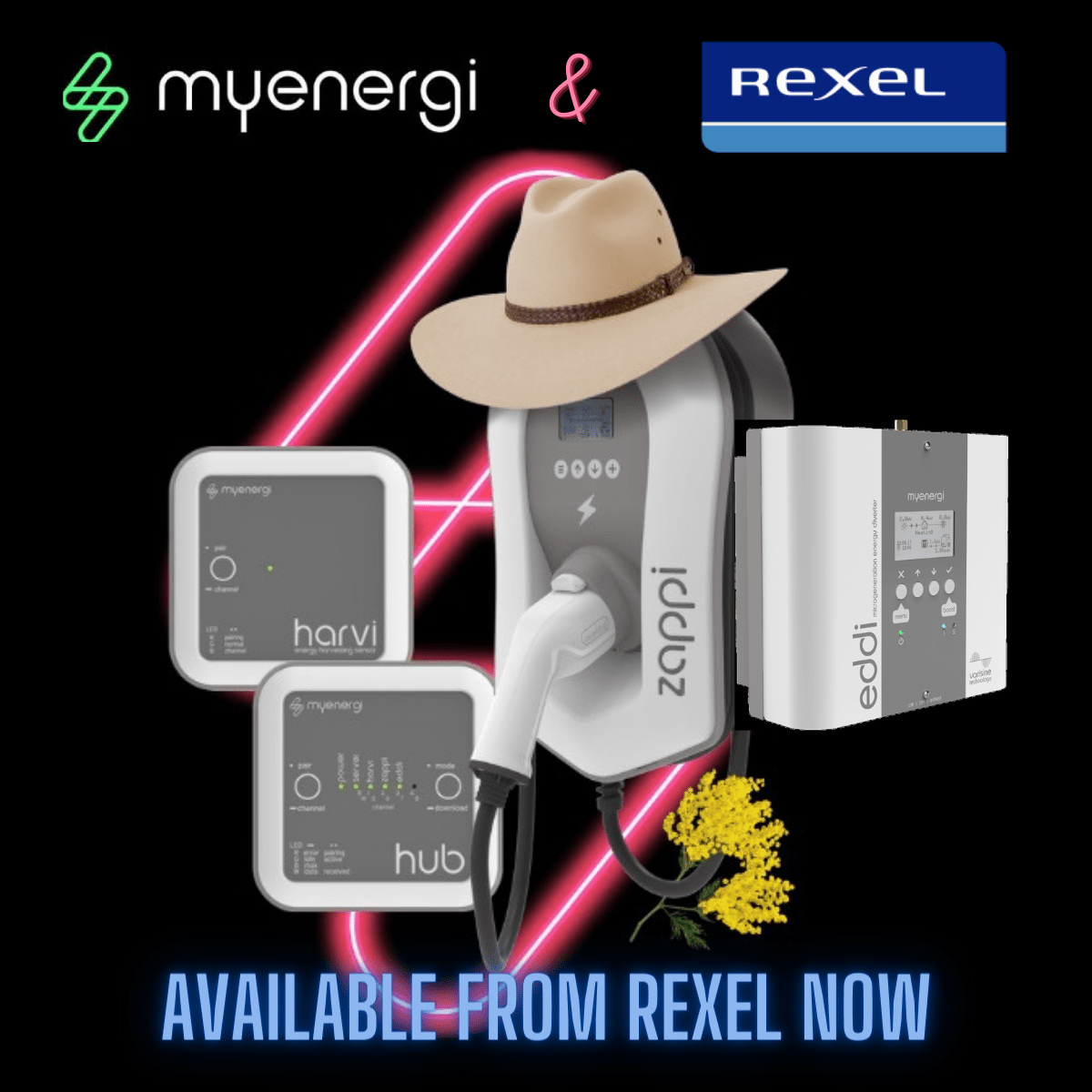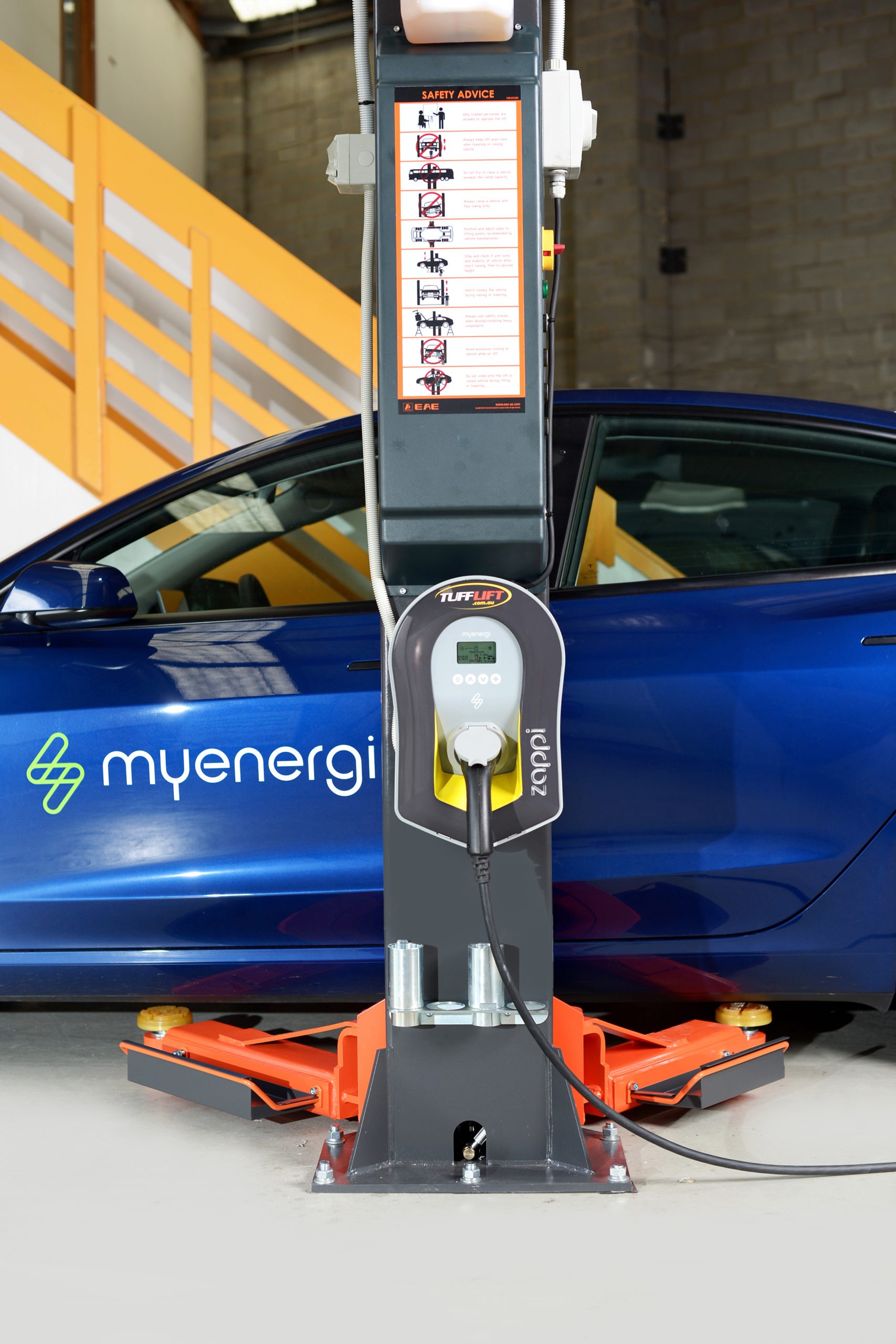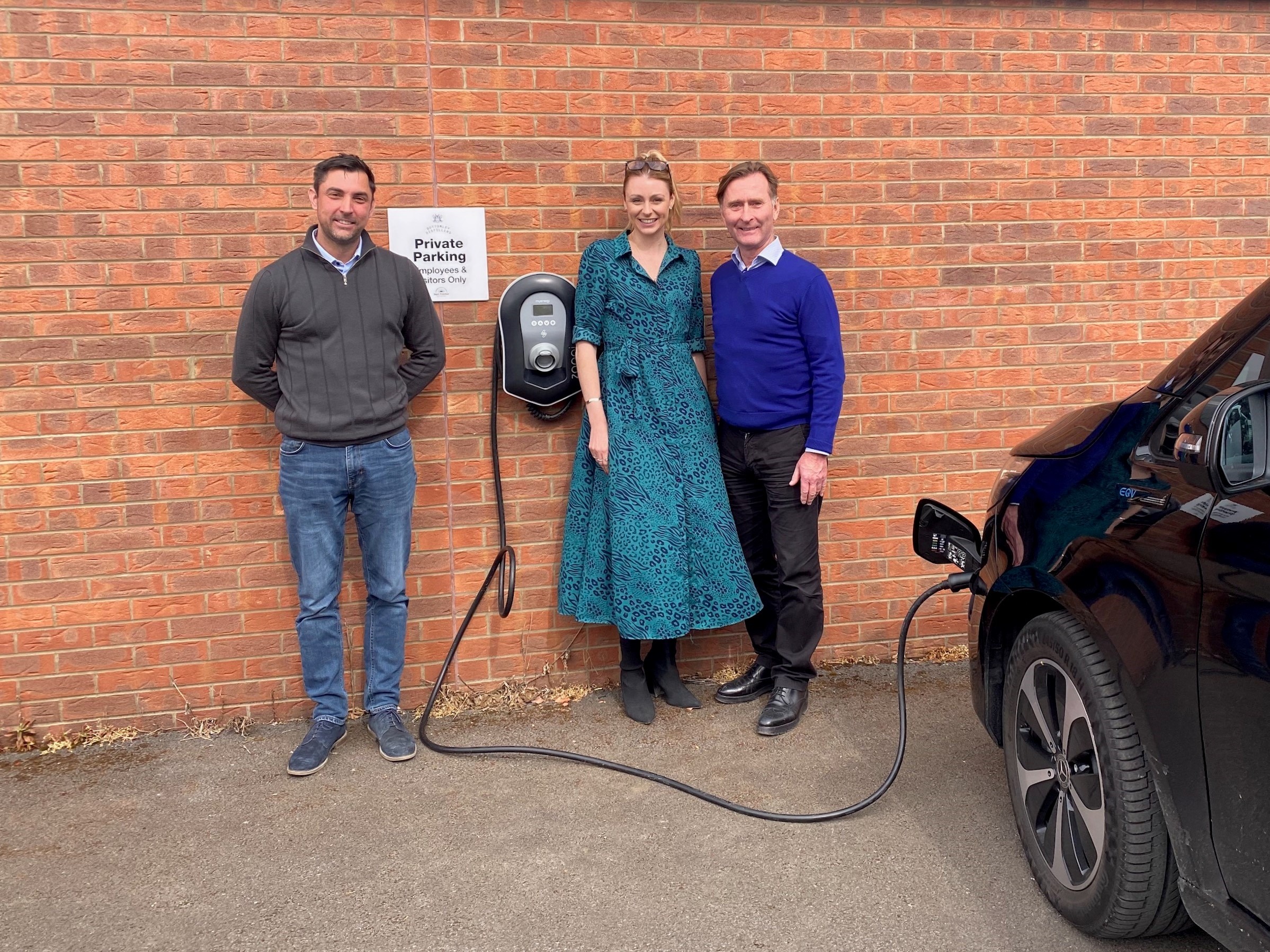The Benefits of Having Solar In 2021
There are many advantages of having solar energy in our homes and workplace environments. Most of us already know that solar energy comes from the light produced by the sun, this can be transformed into electricity using solar panels which are usually found on a roof. This infinite source of energy produced by the sun creates lots of amazing possibilities with how we can create a more sustainable future. Read on to find out more about what solar is, how it works, and delve into if solar panels are a good option for you.
What is Solar Energy?
Solar Energy is everywhere the sun reaches and is the Earth’s most obtainable source of energy. Essentially solar power is the process of harnessing the energy from the sun and using solar panels to turn sunlight into electricity. Solar panels which are also referred to as PV standing for ‘photovoltaic‘ work when 3 types of light are converted using cells at an atomic level into electricity. You can now find solar farms both on land and floating on water, generating power for thousands of homes and becoming more popular around the globe making appearances in France, Netherlands, America, England and many more countries as a source of green energy.


Solar Power Diverter eddi
Solar diverters take excess energy produced from your renewable energy source such as solar PV and diverts it into a designated appliance such as an immersion heater or underfloor heating. The myenergi eddi utilises this leftover’ energy making the most of the 100% green energy.
Rather than exporting it back to the grid, your power generation investment becomes more efficient, product diverting the power back to your heating systems.

Are Solar Panels For Me?
There are many things to consider when thinking about switching to solar, and your return on investment ROI will depend on your set up. Looking into your home’s electricity need, size of the solar PV system and financial incentive schemes will all help determine what kind of investment will see the quickest gain.
Solar panels are worth it if you generate enough electricity and stay in the same house long enough. Solar panels absorb the sun’s energy to generate electricity for free, which can help reduce your electricity bills significantly. In addition, variables like solar panel grants, such as the Smart Export Guarantee, which is only for people in the UK who have a source of renewable energy, can see a return on investment faster.
For example, an average-sized home with a 6.6kW solar panel system that can meet the energy needs of a family of 3 or 4, will spend approximately $3,000 – $8,000 on the PV system. If installed by an MCS certified supplier, it will save you up to $1870 a year. You can expect to save roughly £270 on electricity bills annually.
In the end, though, no matter the situation, solar energy in the Australia is typically worth it. Monetary benefits aside, any solar panels are worth it for protecting the environment and reducing your carbon footprint.

Savings and Payments
A correct number can’t be set as the sun rays that your 4kW solar system will collect will vary throughout the year due to weather conditions. To make sure that you are getting the most out of sunlight, you must consider the placement of the system before installing it.
For instance, the angling of your roof can increase or decrease the efficiency, if your roof is completely North facing your panels will have significantly reduced capabilities. Remember that if you want to increase your earnings, you will have to save energy. Don’t leave all appliances working or on standby when you are not using them.
For the installation, you will need 28 m2 of free roof space and around $7,000 (price may also vary depending on the supplier you choose) for the purchase and installation. The first year you are looking at around $700-800 return, which means that the system will pay for itself in approximately 9.5 years and for a 20 year period you are looking at around $5,000-6,500 pure profit.
Since you will be meeting some of your energy needs with the electricity your solar system has generated, your energy bills will drop. How much you save on your bill will be dependent on the size of the solar system and your electricity or heat usage.
For example, if you are a business using commercial solar panels this switch can have huge benefits because the large system size can cover large chunks of your energy bills.
Moreover, not only will you be saving on the electricity bill, but there is also a possibility to receive payments for the surplus energy that you export back to the grid through the Smart Export Guarantee(SEG). If you generate more electricity than you use (considering that your solar panel system is connected to the grid).

Initial Costs
The initial cost of purchasing a solar system is fairly high. This includes paying for solar panels, inverter, batteries, wiring, and the installation. Nevertheless, solar technologies are constantly developing, so it is safe to assume that prices will go down in the future.
Solar Maintenance Costs
Solar PV systems generally don’t require a lot of maintenance. You do need to keep them relatively clean because if dust, leaves, or any type of dirt builds up, the light required to convert into electricity does not reach the panels. As mentioned earlier a rainy day can help but there are companies who specialise in PV cleaning, costs depend on the level of work required. Factors companies consider are:
- Size of Solar Panels
- Amount of Solar Panels
- Height of Roof (if on a roof)
- Slant of the Roof (if on a roof)
Also, with solar panels having no moving parts, wear and tear isn’t something to worry about. The inverter is usually the only part that needs to be changed after 5-10 years because it is continuously working to convert solar energy into electricity and heat (solar PV vs. solar thermal). Apart from the inverter, the cables also need maintenance to ensure your solar power system runs at maximum efficiency.
So, after covering the initial cost of the solar system, you can expect very little spending on maintenance and repair work.
Most reliable solar panel manufacturers offer 20-25 years warranty.

What Solar Panel Funding Options Are There?
Promoting the use of renewable energy sources has been on the Australian government’s agenda for many years now. The EU’s Renewable Energy Directive set out for all member countries to reach a 20% renewables target before 2020. The Australian has been working towards that goal, but recently approved policies have scrapped or reduced the related incentives.
This tendency was accompanied by a decrease in the cost of solar panels, so new buyers do not need to worry. Though there aren’t any grants in the traditional sense, there are opportunities for solar panel funding in the Australian.

Solar Heat
Solar energy can be used for diverse purposes. You can generate electricity (photovoltaics) or heat (solar thermal). Solar energy can be used to produce electricity in areas without access to the energy grid, to distil water in regions with limited clean water supplies and to power satellites in space.
Solar energy can also be integrated into the materials used for buildings. Not long ago Sharp introduced transparent solar energy windows.
Renewable Heat Incentive (RHI)
If you are interested in heating your home using solar thermal panels, you could benefit from the RHI scheme. Initially introduced for the commercial sector, the scheme was extended to domestic use in 2014. It is scheduled to end on 31 March 2022.
Its purpose is to encourage the switch from traditional to renewable heat technologies, such as solar water heating, biomass boilers, pellet stoves and more, to reduce the country’s carbon emissions. It provides 7-year long support for owners of such systems through quarterly cash payments, the amount of which depends on the type of technology and the latest related tariffs.
The property must first obtain an Energy Performance Certificate (EPC) assessing its energy efficiency and how it could improve, which is required for the RHI application.

Does It Have To Be Sunny For Solar Panels To Work?
There is a big misconception that solar panels only work on a sunny day. This isn’t true as photovoltaic panels ‘PV’ (solar panels) can use both direct or indirect sunlight to produce power. Although solar panels are most effective in direct sunlight, a rainy day can help clean any dirt or dust off your panels making them work more efficiently. Solar panels will still work even when the light is reflected or partially blocked by clouds.
Another misconception is that solar works from heat produced by the sun, but in fact, when panels are exposed to temperatures above 77 degrees Fahrenheit (25C), they tend to work less efficiently.

Developing Technology
This rapidly evolving industry boasts advances in technology for solar. With the development and manufacturing process leaving some people unsure about how ‘green’ solar PV really is, improvements are closing the environmental gap for a brighter, kinder future.
Discoveries and developments in quantum physics and nanotechnology are just two areas in which have scientists and engineers are focusing on to increase the efficiency and output of solar systems. Breakthroughs in 2019 have had scientists claiming to have ‘achieved the impossible‘ in the National Renewable Energy Laboratory (NREL). These complex findings have been said to potentially increase the effectiveness of solar panels and double, or even triple, the electrical input of the solar power systems.

NREL researchers and the U.S. Department of Energy’s (DOE) have also developed an interlaced back contact solar cell design in which the metals and transport materials are solution-processed by either inkjet or spray coating. Combined with a perovskite ink formulation which is a crystal structured mineral, which consists of calcium titanium oxide that has a low boiling point (<80 C) that allows “paintable“ solar cells.
This method has proven to be highly efficient at converting sunlight into electricity, providing solar energy. The crystalline structure of perovskites must be carefully grown upon a substrate, which is normally done by laboratory-scale spin coating – a technology that can’t be scaled to large-scale manufacturing. The best devices fabricated using scalable deposition methods, which are suitable for future module production, still lag behind state-of-the-art spin-coated devices.

| System Capacity | Lower Rate | Middle Rate | Higher Rate |
|---|---|---|---|
| 0-10 kW | 0.15 p/kWh | 349 p/kWh | 3.87 p/kWh |
| 10-50 kW | 0.15 p/kWh | 3.71 p/kWh | 4. p/kWh |
| 50-250 kW | 0.15 p/kWh | 1.55 p/kWh | 1.73 p/kWh |
| 250-1,000 kW | 1.36 p/kWh | – | – |
| 1,000-5,000 kW | 0.15 p/kWh | – | – |
| Stand alone (0-5,000 kW) |
0.05 p/kWh | – | – |









